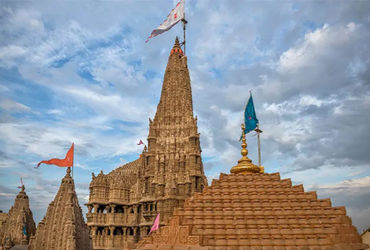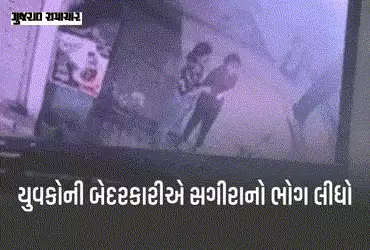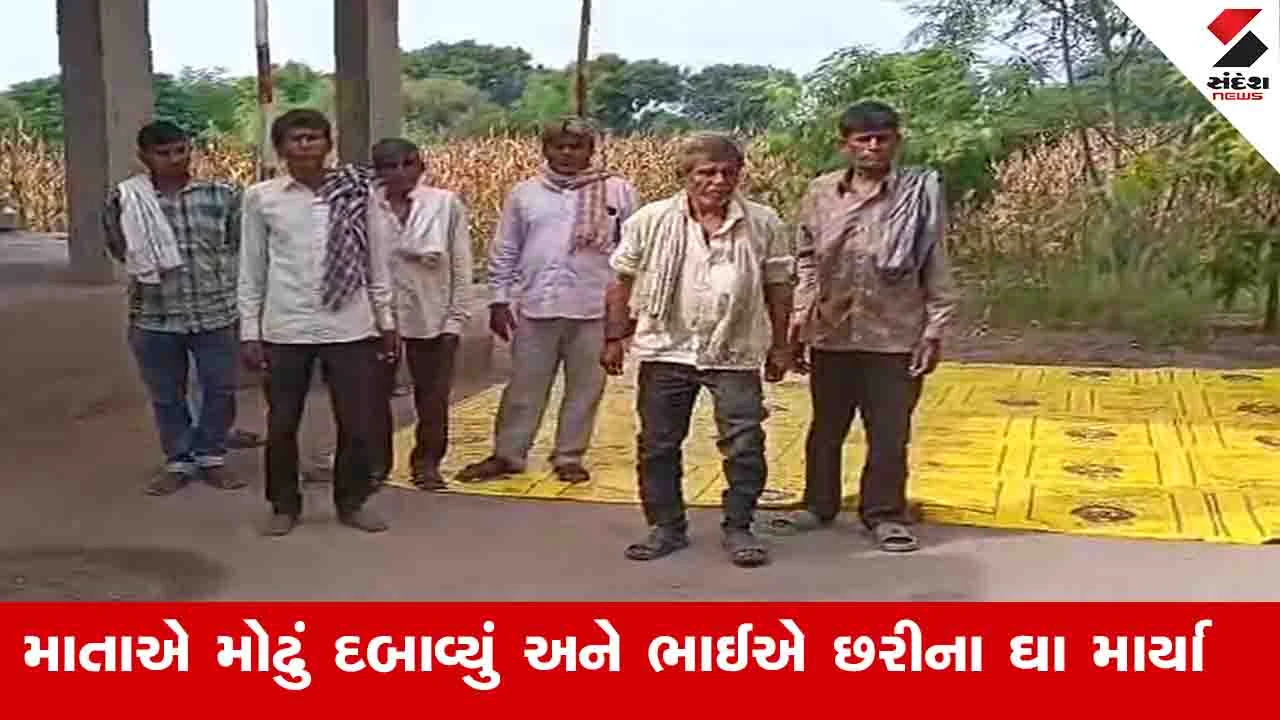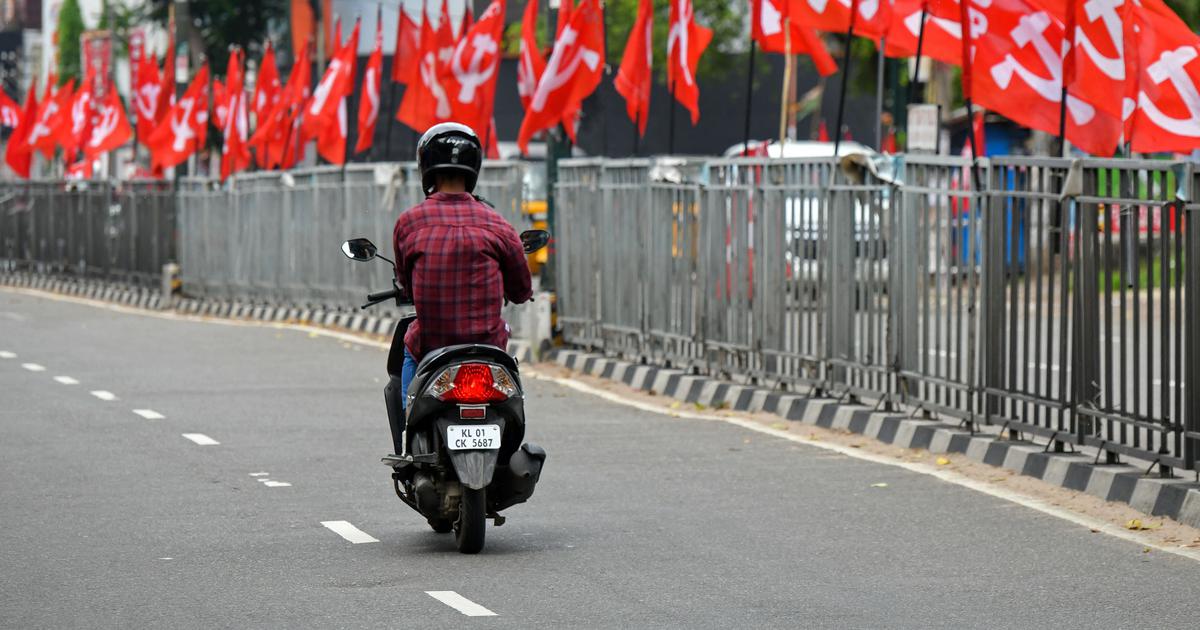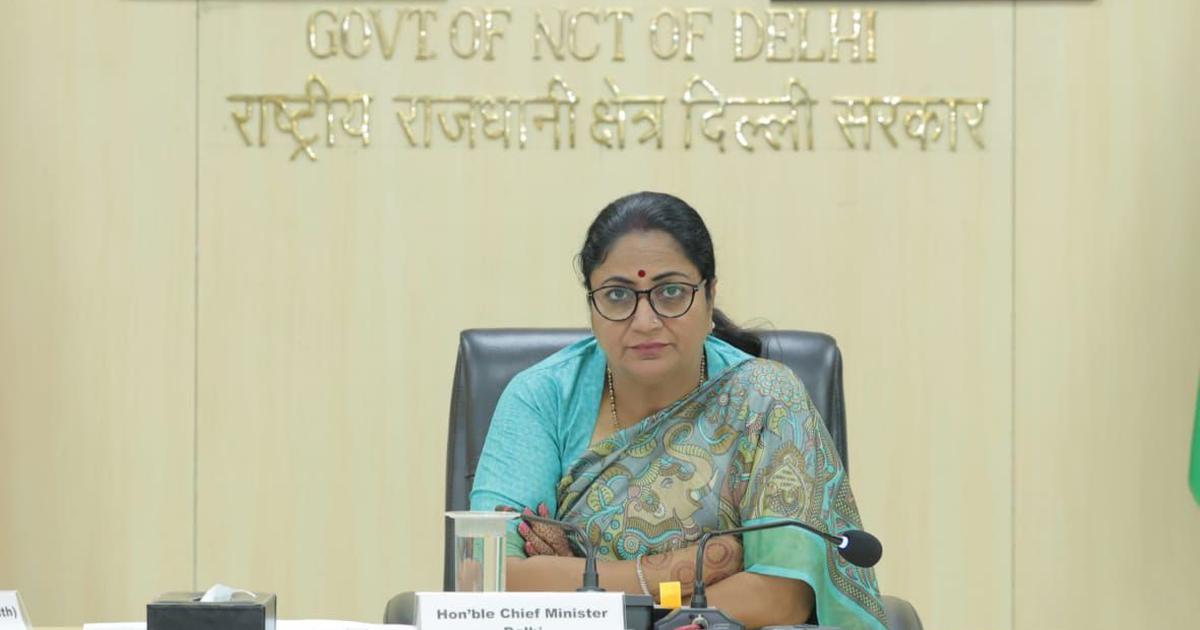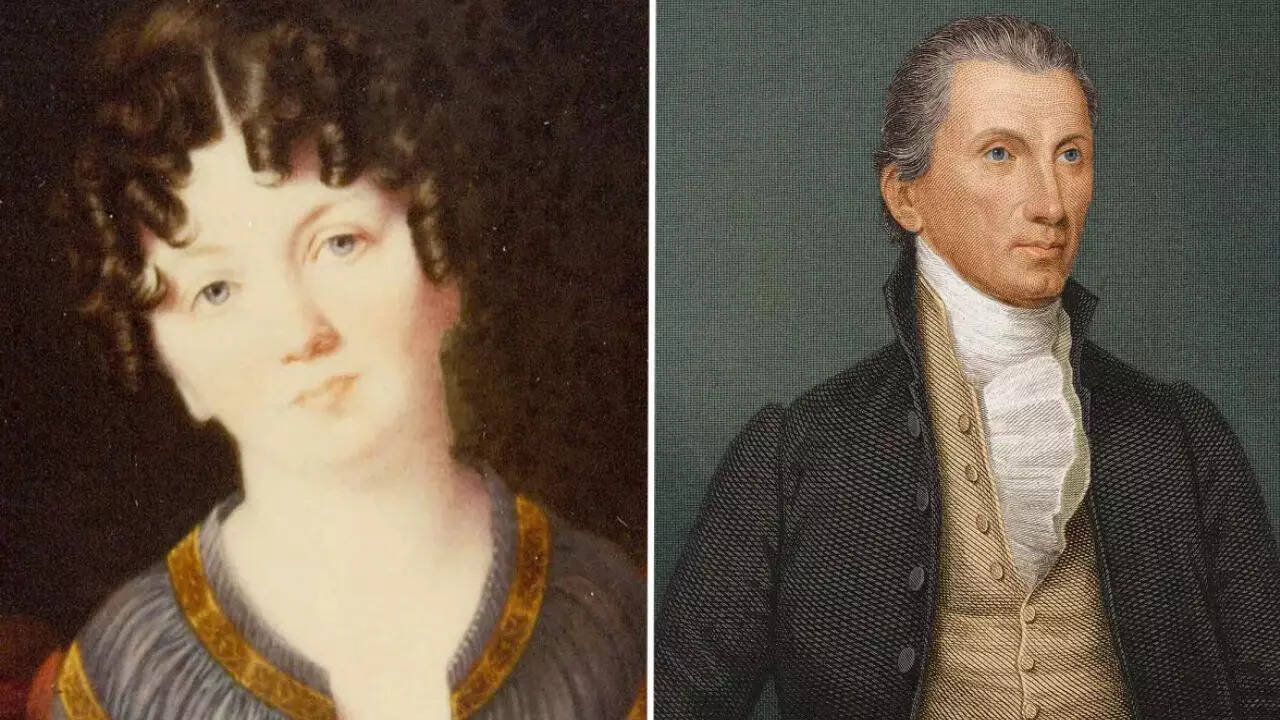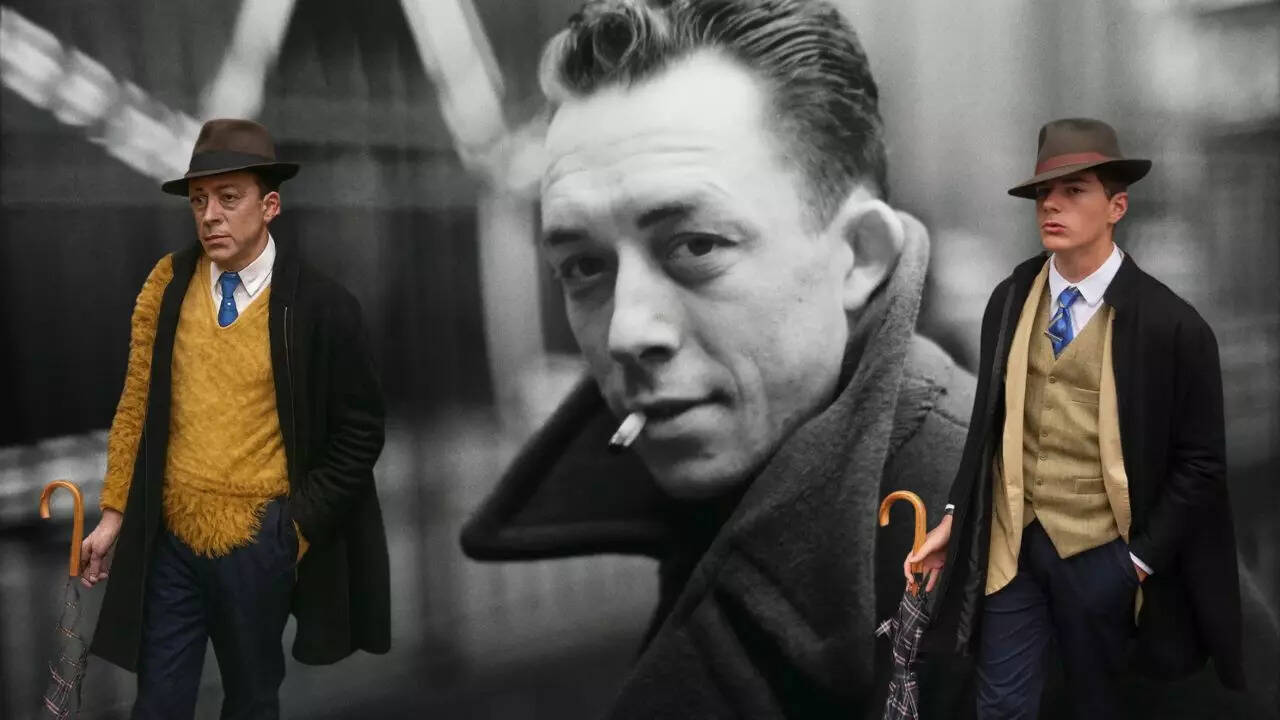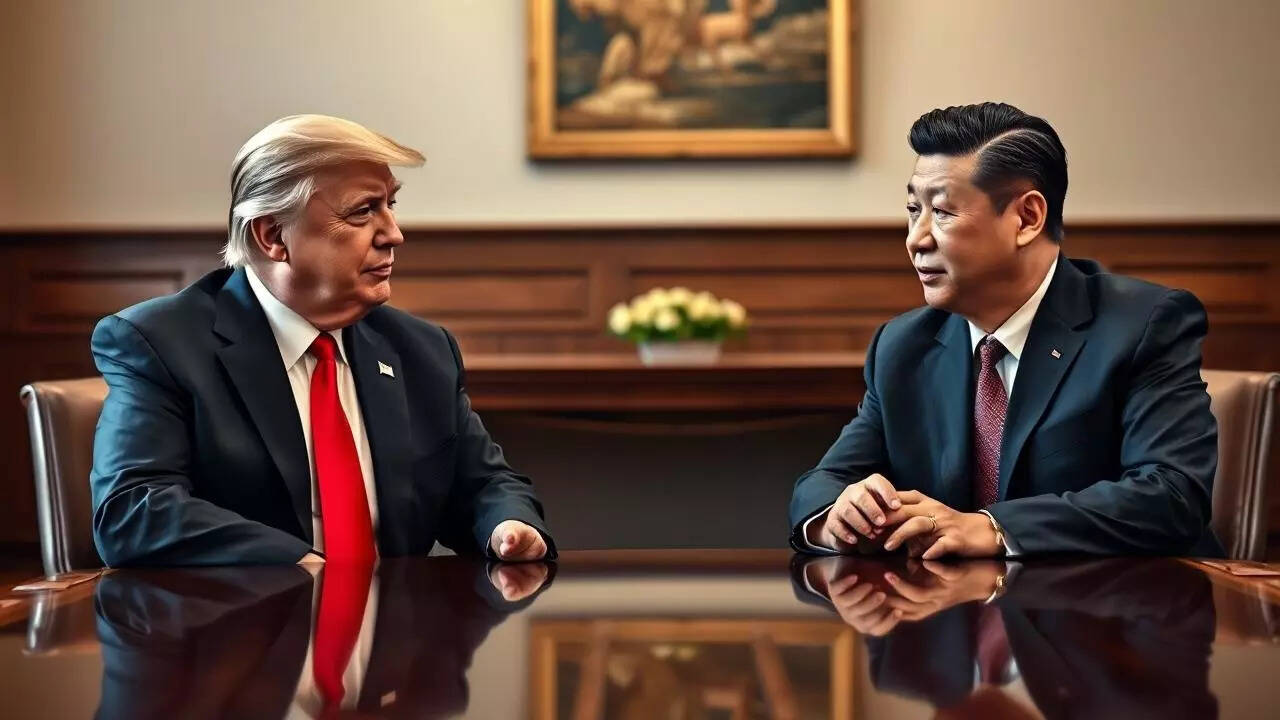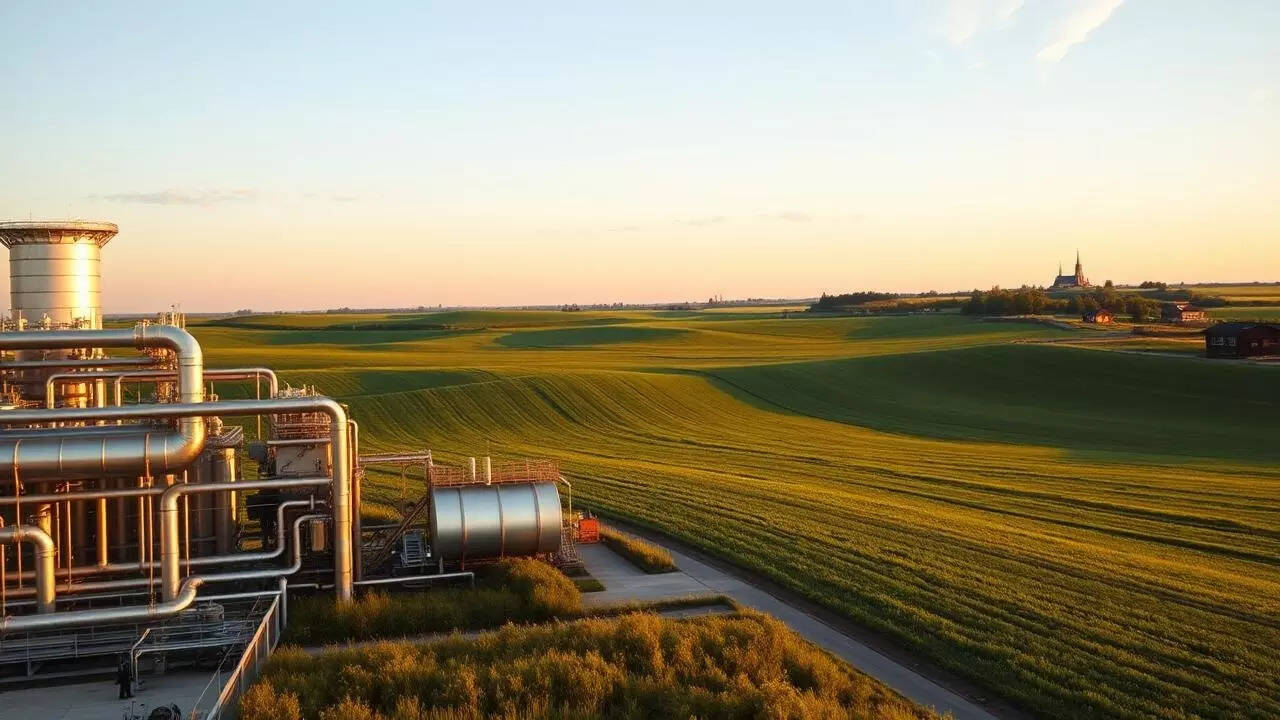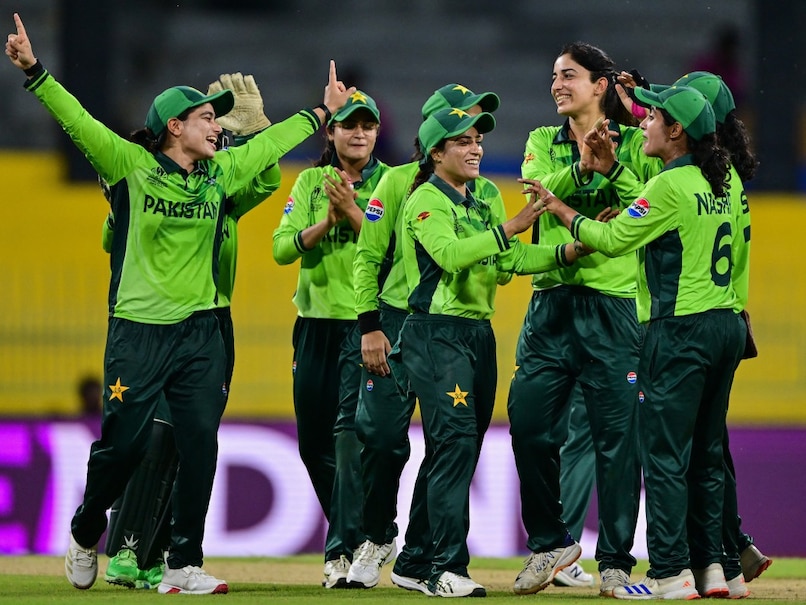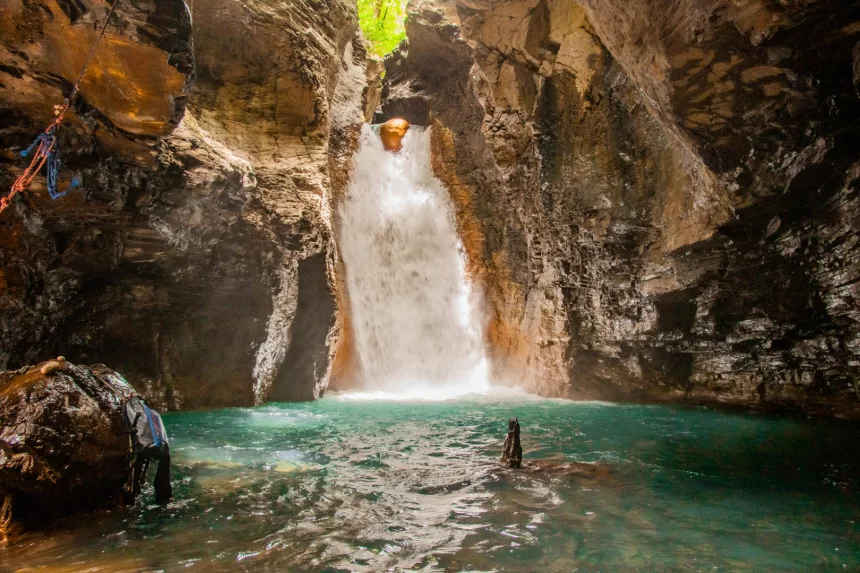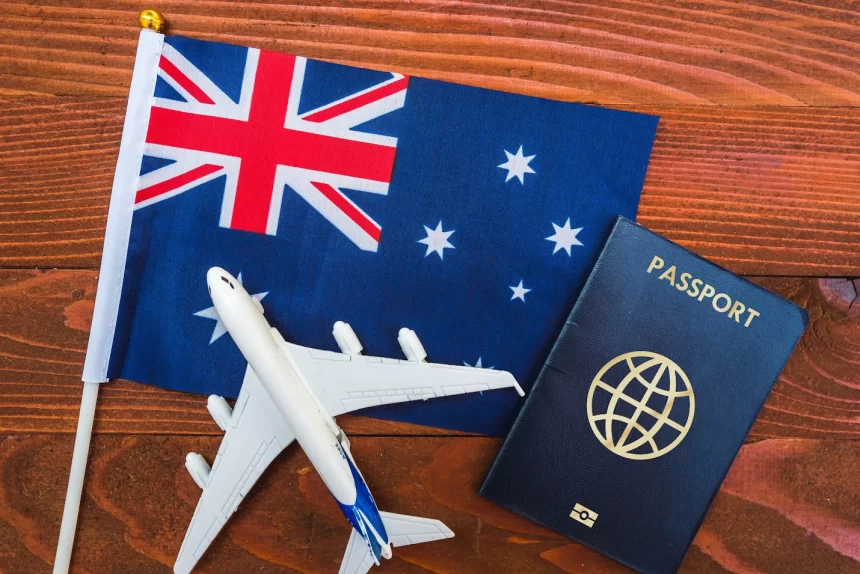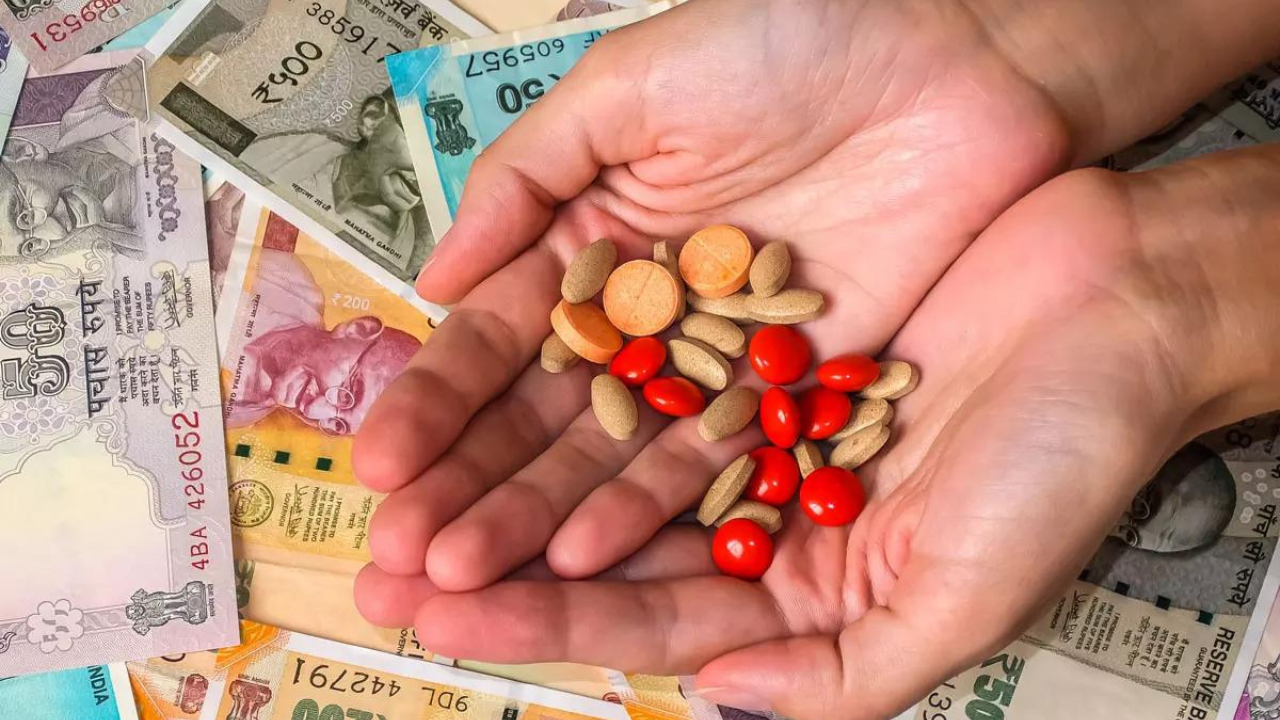‘The Wanderer’: The opportunity and oppression, romance and violence of train travel in India

Join our WhatsApp Community to receive travel deals, free stays, and special offers!
- Join Now -
Join our WhatsApp Community to receive travel deals, free stays, and special offers!
- Join Now -

There is no denying the hold that the railways have had on the literary and cultural imagination of India. “Much of Indian culture, literature, cinema, its postage stamps, numerous advertisements, telly serials, and love stories would not have happened without the railways”, writes Arup K Chatterjee in his comprehensive “cultural biography”, The Great Indian Railways (2017). One has only to recall the poignance of the train punctuating the background score of Ritwik Ghatak’s Subarnarekha or the head-banging energy of Shah Rukh dancing to AR Rahman’s “Chaiyya Chaiyya” atop a goods train, or the haunting imagery of Khushwant Singh’s Train to Pakistan to see the truth of Chatterjee’s assertion and recognise that images of the railways have always resided in our collective consciousness.
Coterminous with the advent of modernity in colonised South Asia, the railways connected disparate geographies, aiding the process of the formation of a national identity, while also becoming a colonial tool of exploitation of natural resources and labour. This complexity of the railways, the constant push and pull between opportunity and oppression, gentle, old-fashioned romance juxtaposed with jarring violence, is what V Shinilal captures in The Wanderer.
A three-day journey
Translated from the Malayalam Sambarkkakranthi (2019) by Nandakumar K, The Wanderer tells the story of a three-day journey from Thiruvanathapuram to...
Read more
What's Your Reaction?
 Like
0
Like
0
 Dislike
0
Dislike
0
 Love
0
Love
0
 Funny
0
Funny
0
 Angry
0
Angry
0
 Sad
0
Sad
0
 Wow
0
Wow
0
